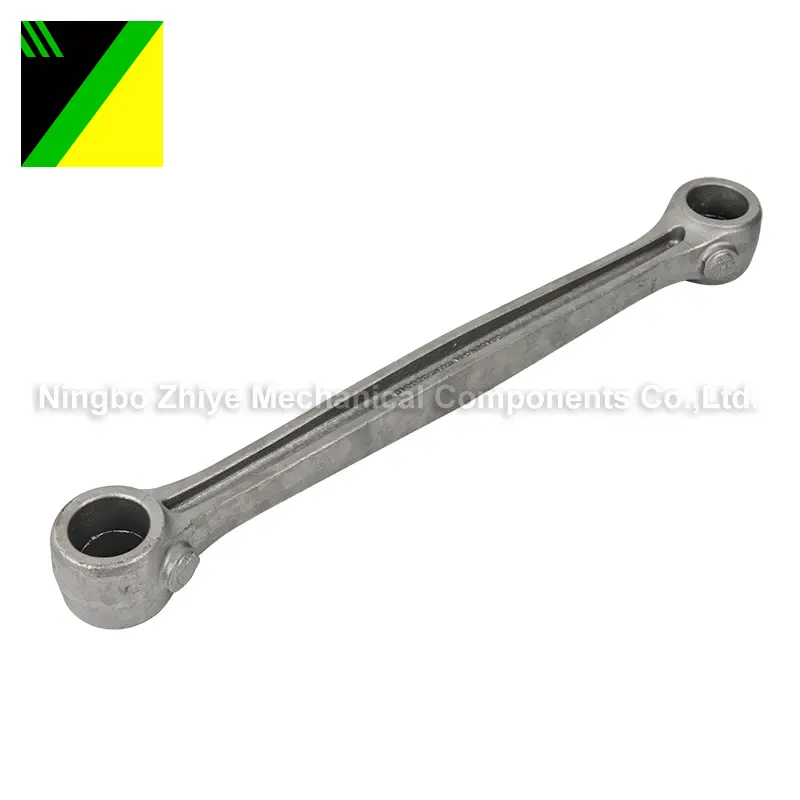
- English
- Español
- Português
- русский
- Français
- 日本語
- Deutsch
- tiếng Việt
- Italiano
- Nederlands
- ภาษาไทย
- Polski
- 한국어
- Svenska
- magyar
- Malay
- বাংলা ভাষার
- Dansk
- Suomi
- हिन्दी
- Pilipino
- Türkçe
- Gaeilge
- العربية
- Indonesia
- Norsk
- تمل
- český
- ελληνικά
- український
- Javanese
- فارسی
- தமிழ்
- తెలుగు
- नेपाली
- Burmese
- български
- ລາວ
- Latine
- Қазақша
- Euskal
- Azərbaycan
- Slovenský jazyk
- Македонски
- Lietuvos
- Eesti Keel
- Română
- Slovenski
- मराठी
- Srpski језик
Introduction to Shell Mold Casting
2024-05-31
Shell Mold Casting, also known as shell mold casting or coated sand casting, is a special casting process whose main feature is to form a thin shell mold by using a mixture of silica sand or zircon sand and resin or resin coated sand. The following is a detailed introduction to Shell Mold Casting:

Materials used:
A mixture of silica sand or zircon sand and resin or resin covering sand is mainly used as the mold material.
Phenolic resin coated sand forms a thin shell of a certain thickness (generally from 6mm to 12mm) on the template at a specific temperature (such as 180~280℃).
crafting process:
After the thin shell is formed on the template, the shell is cured by heating to achieve the required strength and stiffness.
Casting using this thin-shell mold can significantly reduce the amount of molding sand used and obtain castings with clear contours, smooth surfaces, and precise dimensions.
Applicable materials:
Shell Mold Casting allows the use of iron-based and non-ferrous-based metals, the most commonly used ones are cast iron, carbon steel, alloy steel, stainless steel, aluminum alloy and copper alloy, etc.
Process advantages:
Lighter weight and easier to handle due to thin shell casting.
It can significantly shorten the production cycle, save metal materials and reduce costs.
The casting has a smooth surface and accurate dimensions, which can reduce or eliminate the need for mechanical processing.
It is especially suitable for the production of castings of various alloys with large batches, high dimensional accuracy requirements, thin walls and complex shapes.
History and development:
The Shell Mold Casting process was invented by German J. Cronin in 1943 and was first applied in Germany in 1944.
After 1947, other countries began to adopt this casting technology.
Precautions:
The resin used in Shell Mold Casting is expensive, and the template must be precisely machined, which increases the cost.
Pungent odor may be produced during pouring, and corresponding protective measures need to be taken.
In summary, Shell Mold Casting is an efficient and economical casting process, especially suitable for producing high-precision, complex-shaped castings. However, its high cost and possible impact on the environment also need to be considered when using them.



